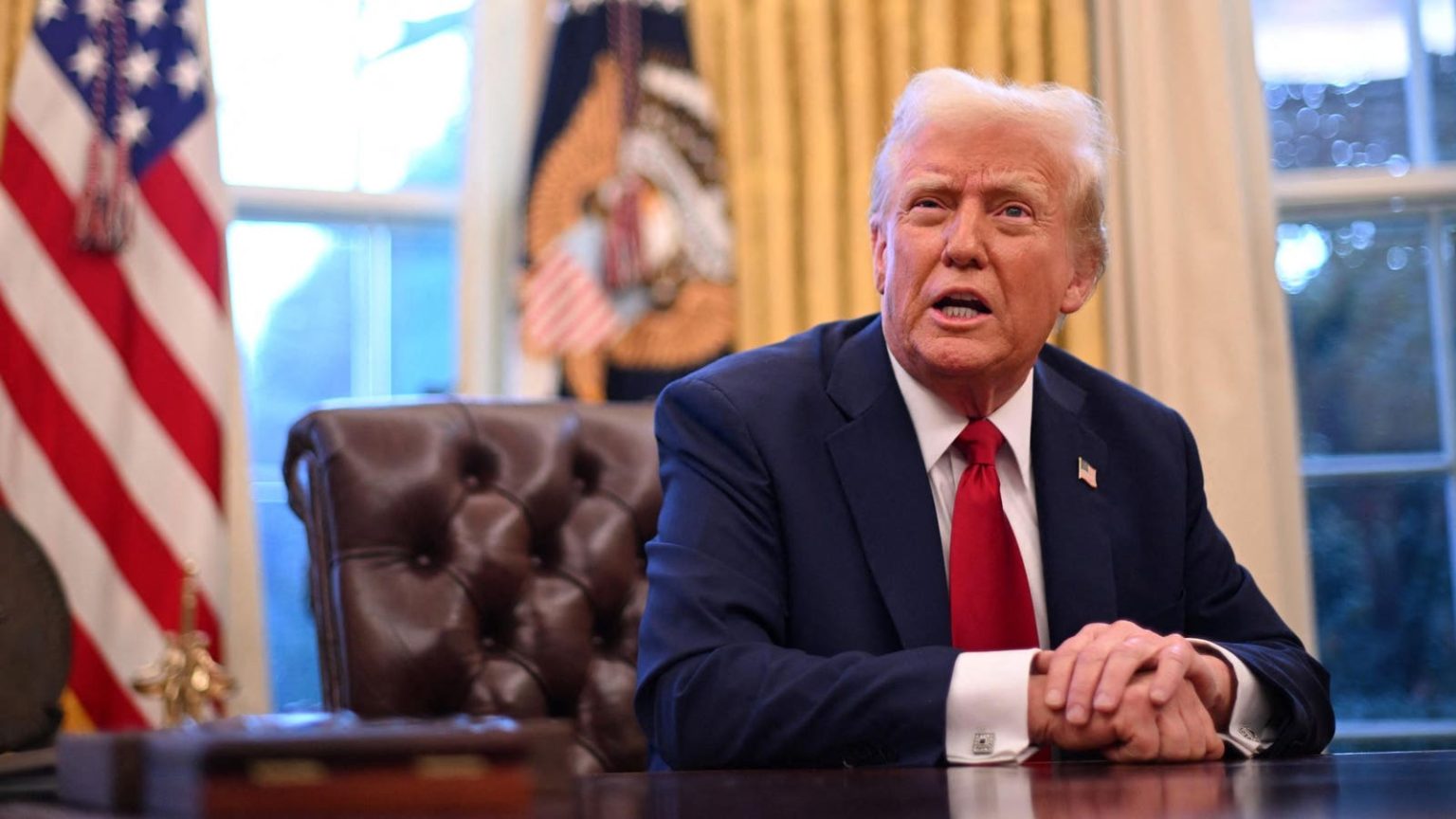Trump Revives Tariff Threats, Raising Concerns of Economic Fallout
Former President Donald Trump’s recent confirmation of his intent to impose a 25% tariff on imports from Mexico and Canada, starting as early as this Saturday, has reignited anxieties about the potential economic repercussions of his protectionist trade policies. This aggressive move, significantly exceeding his pre-election proposals, underscores Trump’s commitment to his "America First" trade agenda, despite widespread warnings from economists about the likely adverse effects on American consumers and the broader economy.
Trump’s tariff plan, a central plank of his economic platform, calls for a 25% tax on all imports from Mexico and Canada, with potentially even broader tariffs on all foreign goods to follow. This represents a significant escalation from his previously suggested 10% across-the-board tariff and a 60% tariff on Chinese imports. This abrupt shift towards higher rates has heightened concerns about the severity of the potential economic impact, as previous economic models were based on the lower, pre-election figures.
Economists across the spectrum have consistently projected that Trump’s tariffs will lead to higher prices for consumers. While the cost of tariffs can be distributed among importing businesses, consumers, and exporting businesses, studies indicate that the burden of past Trump-era tariffs fell primarily on American businesses and consumers. Goldman Sachs economists, for instance, predict that consumer prices will rise by 0.1% for every 1% increase in the effective tariff rate, driving up inflation for at least a year. They also anticipate that domestic producers will capitalize on reduced competition by raising prices on their goods.
The potential damage to the US economy extends beyond inflation. The Peterson Institute for International Economics (PIIE) warns that Trump’s campaign-trail tariff proposal would inflict "significant collateral damage" on the US economy, leading to decreased consumer spending, rising unemployment, and stunted economic growth. Moody’s, similarly, forecasts a potential loss of 675,000 US jobs and a 0.4% increase in unemployment, with the possibility of a recession if tariffs are implemented as proposed. These dire predictions underscore the potential economic risks associated with Trump’s aggressive trade policies.
While the final details of the Mexico and Canada tariffs are yet to be unveiled, including whether Canadian oil imports will be affected, Trump’s commitment to universal tariffs remains a significant concern. He has indicated his intention to impose these broader tariffs, though the timing and specifics remain unclear. This uncertainty adds another layer of complexity to an already volatile economic landscape, making it difficult for businesses and consumers to plan for the future.
Adding to the economic apprehension is the potential cost to American households. PIIE estimates that Trump’s proposed tariffs, even at the initially suggested 10% rate, would cost middle-class households $1,700 annually in increased taxes. Lower-income households would face an even greater burden, with after-tax income potentially decreasing by 3.5%. These figures paint a stark picture of the potential financial strain on American families, particularly those with limited resources. Other estimates place the annual cost to middle-class families even higher, reaching $2,500 based on the 10% and 60% tariffs for China, and potentially soaring to $3,900 with a 20% tariff on most goods, still below the proposed rate for Mexico and Canada.
The future of Trump’s tariff plan remains uncertain, contingent on various factors including the final executive order, potential tax cuts to mitigate the impact on consumers, and the response of other countries. The possibility of retaliatory tariffs from trading partners like China, as witnessed during Trump’s first term, adds another layer of risk to the global trade landscape. The economic and political implications of these protectionist policies remain a significant concern for businesses, consumers, and policymakers alike. While some, including former Treasury Secretary Janet Yellen, have advocated for cutting tariffs, political pressures, notably from labor unions, have complicated the matter. This makes the future of international trade policy and its effects on the American economy a critical issue to watch in the coming months.


